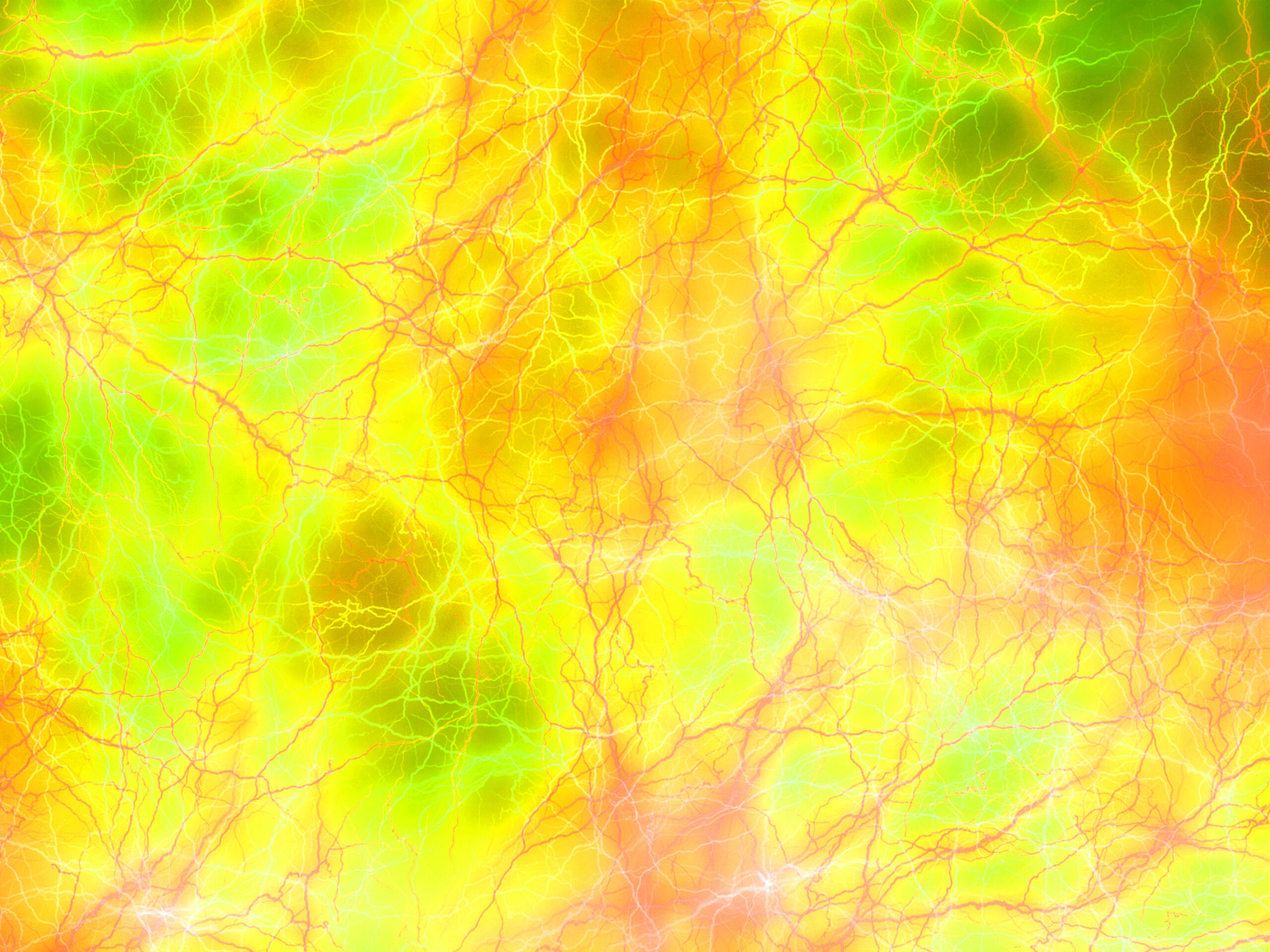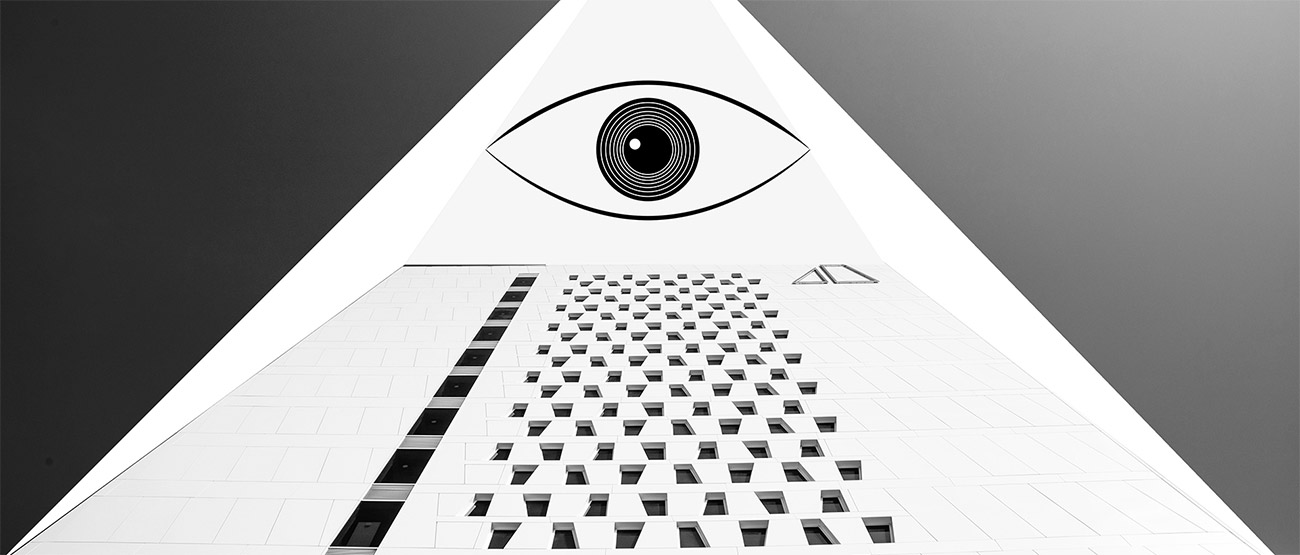

Delta cells (δ-cells or D cells) can be found in the stomach, intestine and the pancreatic islets. Delta cells comprise ca 5% of the cells in the islets but may interact with many more islet cells than suggested by their low numbers.
- Cabrera O, Berman DM, Kenyon NS, Ricordi C, Berggren PO, Caicedo A (February 2006). “The unique cytoarchitecture of human pancreatic islets has implications for islet cell function”. Proceedings of the National Academy of Sciences of the United States of America. 103 (7): 2334–2339. doi:10.1073/pnas.0510790103. PMC 1413730. PMID 16461897.
In rodents, delta-cells are located in the periphery of the islets; in humans the islet architecture is generally less organized and delta-cells are frequently observed inside the islets as well.
- Brereton MF, Vergari E, Zhang Q, Clark A (August 2015). “Alpha-, Delta- and PP-cells: Are They the Architectural Cornerstones of Islet Structure and Co-ordination?”. The Journal of Histochemistry and Cytochemistry. 63 (8): 575–591. doi:10.1369/0022155415583535. PMC 4530398. PMID 26216135.
In both species, the peptide hormone Urocortin III (Ucn3) is a major local signal that is released from beta cells (and alpha cells in primates) to induce the local secretion of somatostatin.
- van der Meulen T, Donaldson CJ, Cáceres E, Hunter AE, Cowing-Zitron C, Pound LD, et al. (July 2015). “Urocortin3 mediates somatostatin-dependent negative feedback control of insulin secretion”. Nature Medicine. 21 (7): 769–776. doi:10.1038/nm.3872. PMC 4496282. PMID 26076035.
It has also been suggested that somatostatin may be implicated in insulin-induced hypoglycaemia through a mechanism involving SGLT-2 receptors. Ghrelin can also strongly stimulate somatostatin secretion, thus indirectly inhibiting insulin release.
- Vergari E, Knudsen JG, Ramracheya R, Salehi A, Zhang Q, Adam J, et al. (January 2019). “Insulin inhibits glucagon release by SGLT2-induced stimulation of somatostatin secretion”. Nature Communications. 10 (1): 139. Bibcode:2019NatCo..10..139V. doi:10.1038/s41467-018-08193-8. PMC 6329806. PMID 30635569.
- DiGruccio MR, Mawla AM, Donaldson CJ, Noguchi GM, Vaughan J, Cowing-Zitron C, et al. (July 2016). “Comprehensive alpha, beta and delta cell transcriptomes reveal that ghrelin selectively activates delta cells and promotes somatostatin release from pancreatic islets”. Molecular Metabolism. 5 (7): 449–458. doi:10.1016/j.molmet.2016.04.007. PMC 4921781. PMID 27408771.
Viewed under an electron microscope, delta-cells can be identified as cells with smaller and slightly more compact granules than beta cells.
- Rorsman P, Huising MO (July 2018). “The somatostatin-secreting pancreatic δ-cell in health and disease”. Nature Reviews. Endocrinology. 14 (7): 404–414. doi:10.1038/s41574-018-0020-6. PMC 5997567. PMID 29773871.
The δ-cells in the stomach contain CCKBRI (which respond to gastrin) and M3 receptors (which respond to Ach). Respectively, these receptors will increase somatostatin output and decrease somatostatin output from the δ-cells. VIP, vasoactive intestinal peptide, acts positively on δ-cells resulting in more somatostatin being released.
In the stomach, somatostatin acts directly on the acid-producing parietal cells via a G-protein coupled receptor (which inhibits adenylate cyclase, thus effectively antagonising the stimulatory effect of histamine) to reduce acid secretion. Somatostatin can also indirectly decrease stomach acid production by preventing the release of other hormones, including gastrin, secretin and histamine which effectively slows down the digestive process.
Clinical significance
A tumor of the delta cells is called a “somatostatinoma“.
When a person is infected with H. pylori the lower region of the stomach, the antrum, is predominantly inflamed. This is where most of the δ-cells in the stomach are. The bacteria produce a cloud of ammonia around themselves using urease to protect them from the stomach acid; however, this reacts with the acid producing ammonium which is toxic to cells. This leads to many of the δ-cells dying, an effect that is further compounded by the low PD-L1 expression on the δ-cells as compared to gastric G cells (resulting in higher susceptibility of δ-cells to inflammatory responses). In turn, this results in a lower level of somatostatin being secreted and consequently higher release of gastrin and stomach acid. This, combined with the damage from ammonium, leads to ulceration of the stomach wall.
- Mommersteeg MC, Yu BT, van den Bosch TP, von der Thüsen JH, Kuipers EJ, Doukas M, Spaander MC, Peppelenbosch MP, Fuhler GM (October 2022). “Constitutive programmed death ligand 1 expression protects gastric G-cells from Helicobacter pylori-induced inflammation”. Helicobacter. 27 (5): e12917. doi:10.1111/hel.12917. PMC 9542424. PMID 35899973.
- Liu Y, Vosmaer GD, Tytgat GN, Xiao SD, Ten Kate FJ (September 2005). “Gastrin (G) cells and somatostatin (D) cells in patients with dyspeptic symptoms: Helicobacter pylori associated and non-associated gastritis”. Journal of Clinical Pathology. 58 (9): 927–931. doi:10.1136/jcp.2003.010710. PMC 1770830. PMID 16126872.
See also
References
- Cabrera O, Berman DM, Kenyon NS, Ricordi C, Berggren PO, Caicedo A (February 2006). “The unique cytoarchitecture of human pancreatic islets has implications for islet cell function”. Proceedings of the National Academy of Sciences of the United States of America. 103 (7): 2334–2339. doi:10.1073/pnas.0510790103. PMC 1413730. PMID 16461897.
- Brereton MF, Vergari E, Zhang Q, Clark A (August 2015). “Alpha-, Delta- and PP-cells: Are They the Architectural Cornerstones of Islet Structure and Co-ordination?”. The Journal of Histochemistry and Cytochemistry. 63 (8): 575–591. doi:10.1369/0022155415583535. PMC 4530398. PMID 26216135.
- van der Meulen T, Donaldson CJ, Cáceres E, Hunter AE, Cowing-Zitron C, Pound LD, et al. (July 2015). “Urocortin3 mediates somatostatin-dependent negative feedback control of insulin secretion”. Nature Medicine. 21 (7): 769–776. doi:10.1038/nm.3872. PMC 4496282. PMID 26076035.
- Vergari E, Knudsen JG, Ramracheya R, Salehi A, Zhang Q, Adam J, et al. (January 2019). “Insulin inhibits glucagon release by SGLT2-induced stimulation of somatostatin secretion”. Nature Communications. 10 (1): 139. Bibcode:2019NatCo..10..139V. doi:10.1038/s41467-018-08193-8. PMC 6329806. PMID 30635569.
- DiGruccio MR, Mawla AM, Donaldson CJ, Noguchi GM, Vaughan J, Cowing-Zitron C, et al. (July 2016). “Comprehensive alpha, beta and delta cell transcriptomes reveal that ghrelin selectively activates delta cells and promotes somatostatin release from pancreatic islets”. Molecular Metabolism. 5 (7): 449–458. doi:10.1016/j.molmet.2016.04.007. PMC 4921781. PMID 27408771.
- Rorsman P, Huising MO (July 2018). “The somatostatin-secreting pancreatic δ-cell in health and disease”. Nature Reviews. Endocrinology. 14 (7): 404–414. doi:10.1038/s41574-018-0020-6. PMC 5997567. PMID 29773871.
- Mommersteeg MC, Yu BT, van den Bosch TP, von der Thüsen JH, Kuipers EJ, Doukas M, Spaander MC, Peppelenbosch MP, Fuhler GM (October 2022). “Constitutive programmed death ligand 1 expression protects gastric G-cells from Helicobacter pylori-induced inflammation”. Helicobacter. 27 (5): e12917. doi:10.1111/hel.12917. PMC 9542424. PMID 35899973.
- Liu Y, Vosmaer GD, Tytgat GN, Xiao SD, Ten Kate FJ (September 2005). “Gastrin (G) cells and somatostatin (D) cells in patients with dyspeptic symptoms: Helicobacter pylori associated and non-associated gastritis”. Journal of Clinical Pathology. 58 (9): 927–931. doi:10.1136/jcp.2003.010710. PMC 1770830. PMID 16126872.
| Physiology of the gastrointestinal system |
|---|








